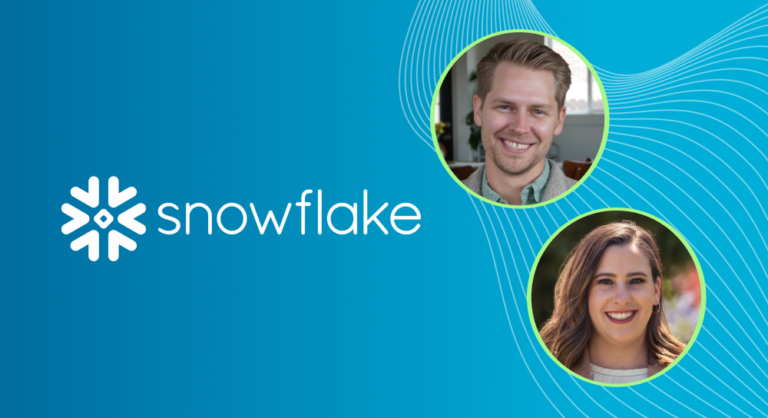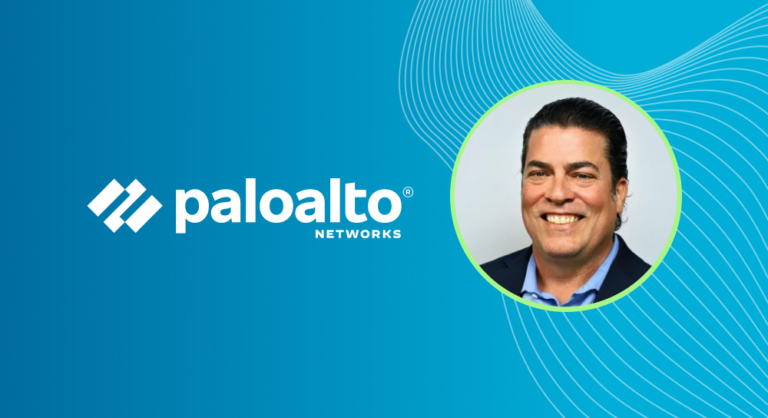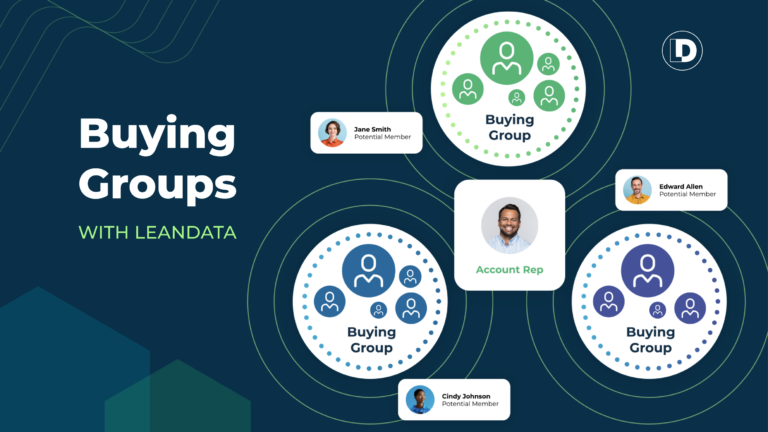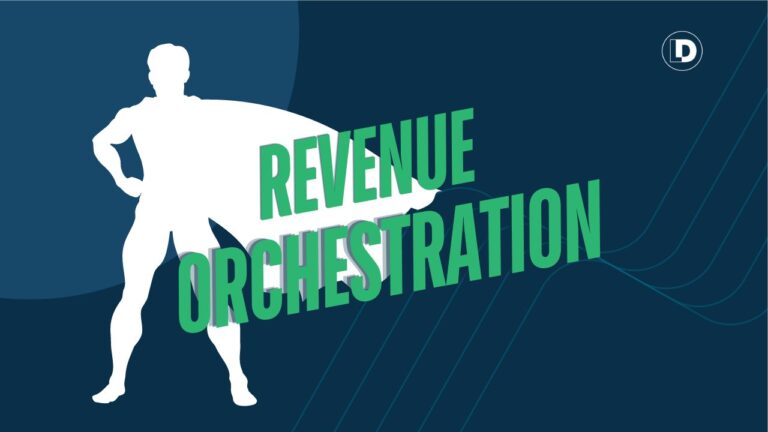A curious visitor arrives at your website, the result of a Google search. Over the next 17 minutes, they scroll down your home page, click through the menu, read through your founder’s story, and watch a short product video. Just before exiting, the visitor fills out a demo request form.
Yay! Your digital marketing is working as intended. Leads are coming in. So, what are you going to do with them now?
Every organization needs a sales playbook, a set of motions and best practices that help move a prospective customer through various stages of the buying journey. Great playbooks are the foundation of an efficient sales pipeline, keeping marketing and sales aligned on converting leads into customers.
Don Otvos shared his recommendations for playbooks and pipeline management at the SAS22 summit. We’ll hit the highlights here below.

Mapping Out Your Sales Pipeline
When Buddy the Elf walked from the North Pole to New York City, he traveled through seven levels of the Candy Cane forest, the sea of swirly-twirly gumdrops, and then walked through the Lincoln Tunnel.
Your buyer is taking a journey too and done right, your people and plays will guide them into becoming a customer. A good place to start is by mapping out your sales pipeline from the point of initial contact to deal closing. Your team needs to know when “X” happens, your company does “Y.” Creating a visual map of the journey would be helpful here.
Your sales pipeline map should answer the following questions:
- How do leads first enter the sales pipeline?
- When leads come in, where will they go?
- Who will respond to the lead?
- How will someone respond to the lead?
- When will someone respond to the lead?
- What message will be sent to the lead?
With clear answers to these questions, your employees, primarily the Sales team, will understand where leads are in the process and the next appropriate action to take. Data enrichment, lead matching and routing tools, and sales engagement platforms help automate motions within the sales pipeline, allowing for customization and scalable plays. A common catch phrase to use as a guiding principle is: send “the right message, to the right person, at the right time.”

Creating Sales Plays That Convert
To start, it will be important to collaborate on sales plays with key stakeholders like your Sales team, Marketing team, subject matter experts, and Sales leadership. Their input creates buy-in.
Plays will vary as a deal moves through the sales cycle. With today’s B2B buyers’ demand for a B2C-like, customer-centric experience, personalization should play a role in every motion.
You can segment sales plays by industry, company size, buyer persona, or solution — whatever makes the most sense for your business.
For each sales play, you will first outline the situation where this play should be used. Your team will need a profile of the play, the insights to share with a particular buyer persona, and potentially common objections or roadblocks. Keep in mind that sales playbooks are not set in stone. As you experiment, you will most likely reevaluate plays over time and measure their success.
There are several basic types of sales plays:
Personalized Content Plays
Share personalized content through email, blogs, ebooks, videos and digital ads based on how your prospects interact with content on your website, their attendance at your events, or through buyer signals revealed from intent data. Buyer interactions with your content should determine your next motion.
Lead Qualification Plays
Lead scoring systems help your Sales team to know when to reach out to qualified leads.
Scoring behaviors commonly include visits to your website, content downloads, social media activity and demographic information related to your ICP. Whether calculated on a spreadsheet or through lead-scoring software, activities that show a high likelihood of closing are given the highest point value. When a lead reaches a predetermined lead score, a sales play is triggered.
Demo Plays
Provide your Sales team with resources like sales decks, scripts and best practices for demoing your product to a prospect. Demo plays can be enhanced with meeting scheduling tools that remove the manual step of coordinating schedules.
Prospecting Plays
Not to be confused with plays actioned on prospects, for our purposes here, prospecting refers to cold outreach. Train your team to perform outbound motions on cold contacts. Provide them with lists of target accounts, email templates, cold call scripts, and answers to common objections. One warning: Be careful not to weigh your Sales reps down with manual processes like researching.

Generating Sales Pipeline is a Team Sport
It’s never a good idea to rely 100 percent on marketing to drive your pipeline. Likewise, it’s not just the SDRs’ or BDRs’ job to generate leads. While the Sales team carries the heavy burden, any department tied to revenue ought to feel some responsibility for contributing to pipeline.
Otvos says, “All Sales team members, including account executives, need to generate leads, sometimes going after companies completely cold. With 100% cold outbound prospecting, you may find areas where you have success that you weren’t penetrating with marketing.”
It’s important to know statistics like the number of meetings it takes to get one closed sale, the number of calls it takes to schedule one meeting, and how many emails it takes to close a deal. These numbers will help motivate your team to reach their goals.
Be a Frictionless Vendor
Your buyer may be taking a major professional risk in buying your product. They are spending their company’s money and putting their reputation on the line. So tapping into these emotions, imagine a buying experience so amazing that the customer wants to come back — endless renewals. That experience starts by being intentional about the journey you create for your buyer. With a strategic sales playbook, you ensure that every interaction has context and every handoff is seamless. Make it easy and frictionless to become your customer. That’s the foundation of predictable pipeline generation.










